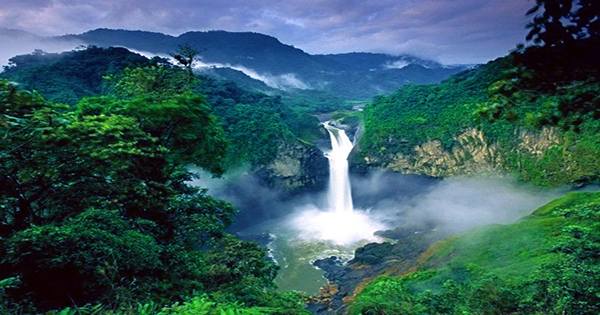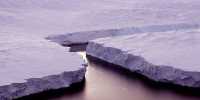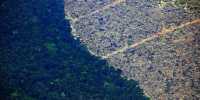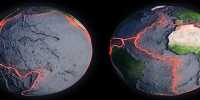One day in early February, Ecuador’s longest waterfall disappears. Long ago, Cayambe Coca National Park in the Amazon of Ecuador was home to San Rafael Falls, a waterfall 150 meters (492 feet) high and surrounded by dense biodiversity. However, by February 2, 2020, the Ecuadorian Ministry of Tourism announced that the burning cascade of water had been slightly reduced.
A MAE spokesperson, according to CuencaHighLife, a local English-language news source said, “Unfortunately, Cascada San Raphael is now part of history and will not return.” The sudden change was documented in NASA images taken by the Ministry of Environment Ecuador (MAE) and Landsat 8 satellite.
The MAE says the sinkhole was created by a landslide on February 22 near the Coca River. They have closed the surrounding area to tourists and continue to monitor the river for further landslides as well as any potential risk to the park’s biodiversity. According to Mongabay, the landslide helped create a sinkhole just a few meters before the waterfall, causing water to flow in three separate sections at a lower steep slope. The exact cause of the landslide, however, has been the subject of controversy.
San Rafael Falls is located in an earthquake-prone area that is home to the Cayambe volcano and the Reventador volcano, so the natural landslides are not very surprising in terms of the region’s geology. On the other hand, some have suggested that the landslide was actually the result of the recent construction of the Coca-Cola Sinclair Dam, which was found upstream of one of Ecuador’s largest hydropower plants. The theory is that the dam needs to filter the river water so that it does not damage the equipment. In the absence of sediment, the bed of the river under the dam and the flow of water along the riverbank become more eroded and it poses a risk of further collapse.
Emilio Cobo, the coordinator of the South America Water Program at the International Union for the Conservation of Nature (IUCN), told Mongabay, “The waterfall that has existed for thousands of years does not accidentally collapse a few years after the opening of the hydropower project. These are processes that are in scientific papers and there is ample evidence that the dam could have such an effect on the river.”
















